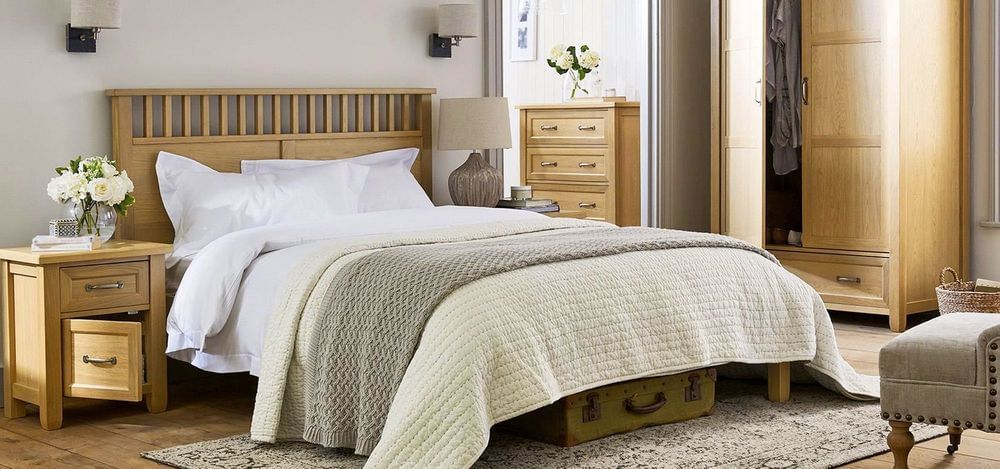Due to their incredibly small size, bed bugs can fit into even the smallest cracks and crevices, making finding them difficult. If you are looking to treat your bed bugs, either using professionals or yourself, it is important to know just how large your treatment area is so that you treat the right areas of your home and don’t miss any bed bugs. If you leave even just one or two bed bugs alive, or eggs, the infestation will come back.
The best way to do this is to perform an inspection of your home, focusing on the areas where bed bugs are typically found.
Step 1: Inspect Your Home
Equipped with a solid, flat-edged object, for instance, a paint scraper or credit card, and a flashlight, begin your bed bug inspection by checking the areas you most suspect you have bed bugs, typically around bed frames and mattresses. Look out for adult bugs, eggs, molted skin, blood spots, and feces as you inspect.
Bed bugs like warm and/or tight spaces, so make sure to pay close attention to any small cracks or crevices as well as folds of fabric or cracks in furniture. They are are also found in areas such in which humans are idle for extended periods, such as couches, recliners, and office chairs. Don’t forget to look underneath furniture as well, pulling out drawers if need be.
Also, be sure to check around the edges of rooms, along baseboards and carpet, as well as curtains and drapes.
Alternatively, consider hiring a K-9 detection team to search for traces of bed bugs, as they’ll be able to smell even what you can’t see.
Taking the time to carefully inspect your home in this way will allow you to determine the size of your treatment area so that you can work to control the bed bugs.
Do's and Dont's Before Bed Bug Treatment
Until you can treat the bed bugs, there are some dos and don’ts that you should follow to ensure that you don’t worsen the problem.
- Although you may be tempted, don’t throw out your mattresses or furniture if you suspect they are infected. Not only will you be throwing away expensive items, but you are also likely to spread the bed bugs, and their eggs, throughout the rest of your home as you transport them outside. Instead, use bed bug encasement's on your mattresses and pillows. These will prevent bed bugs from getting inside or those already in there from being able to bite you while you sleep.
- Make sure that you avoid moving furniture from one room to another, and don’t move to another room. The bed bugs will actually follow you if you decide to sleep in a different bedroom as humans create the perfect environment for their colonies. Remain in the same bedroom, at least until your home has been treated for bed bugs, and if you need to move an item such as clothing or a stuffed animal, run it through a hot dryer or wash cycle (at least 120˚F) to kill anything first.
Step 2: Treat the Area
Once you know where the bed bugs are, you can treat the area. There are two options here:
- Work with professionals
- Do a DIY treatment
Both are effective, though make sure you choose to do a heat treatment. Chemical treatments are often ineffective as they can’t reach all areas and can leave an unhealthy residue.
Step 3: Re-inspect
After your treatment, it’s time to reinspect to ensure the bed bugs are gone. Follow the steps outlined in step one again. A K-9 team will be most effective here.
Convectex products allow you to control your own bed bug infestation using safe, heat treatments. With full instructions for how to use each product safely, it is now easier than ever for you to treat bed bugs and their eggs yourself or hire a professional to do it for you.

